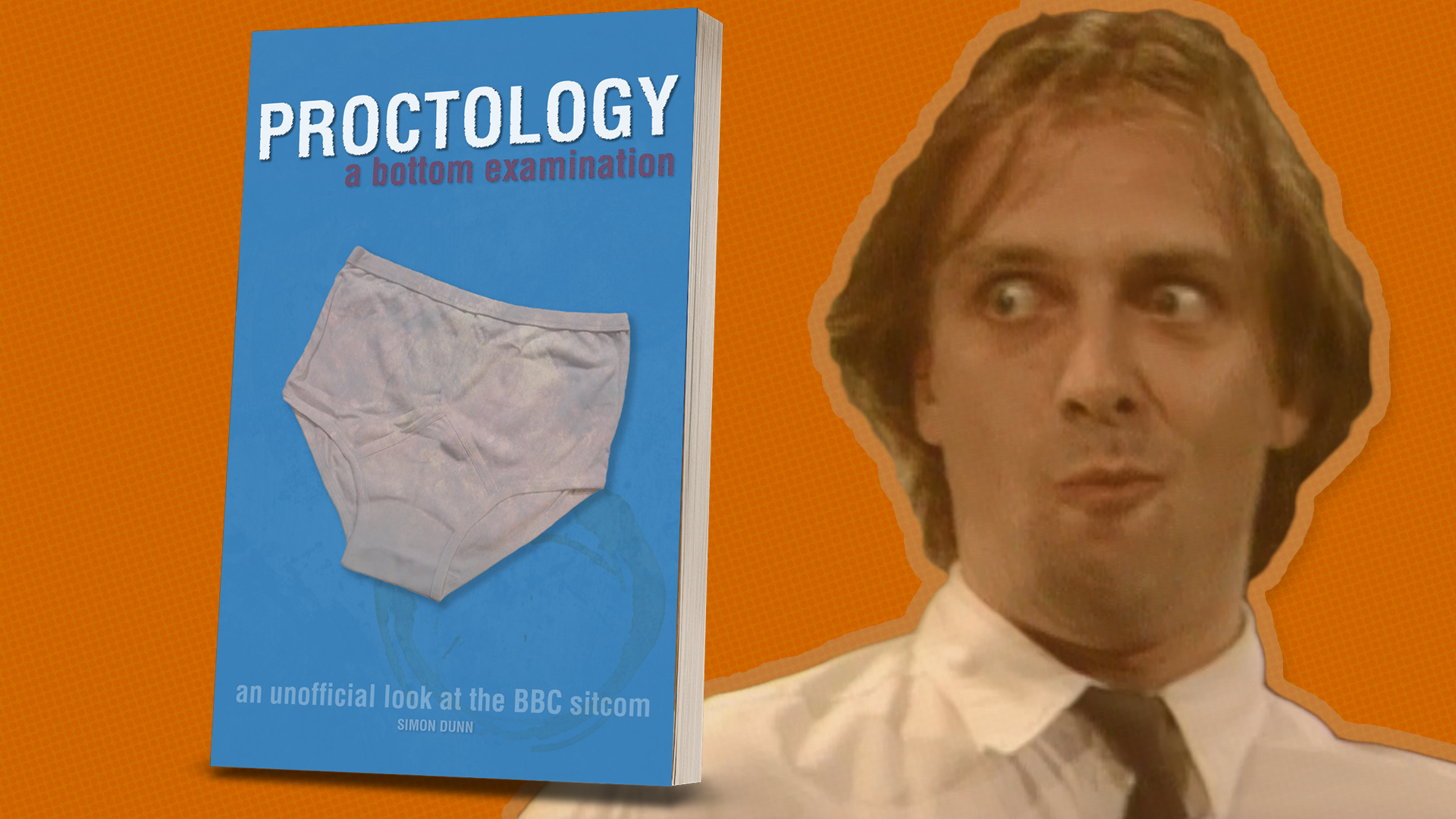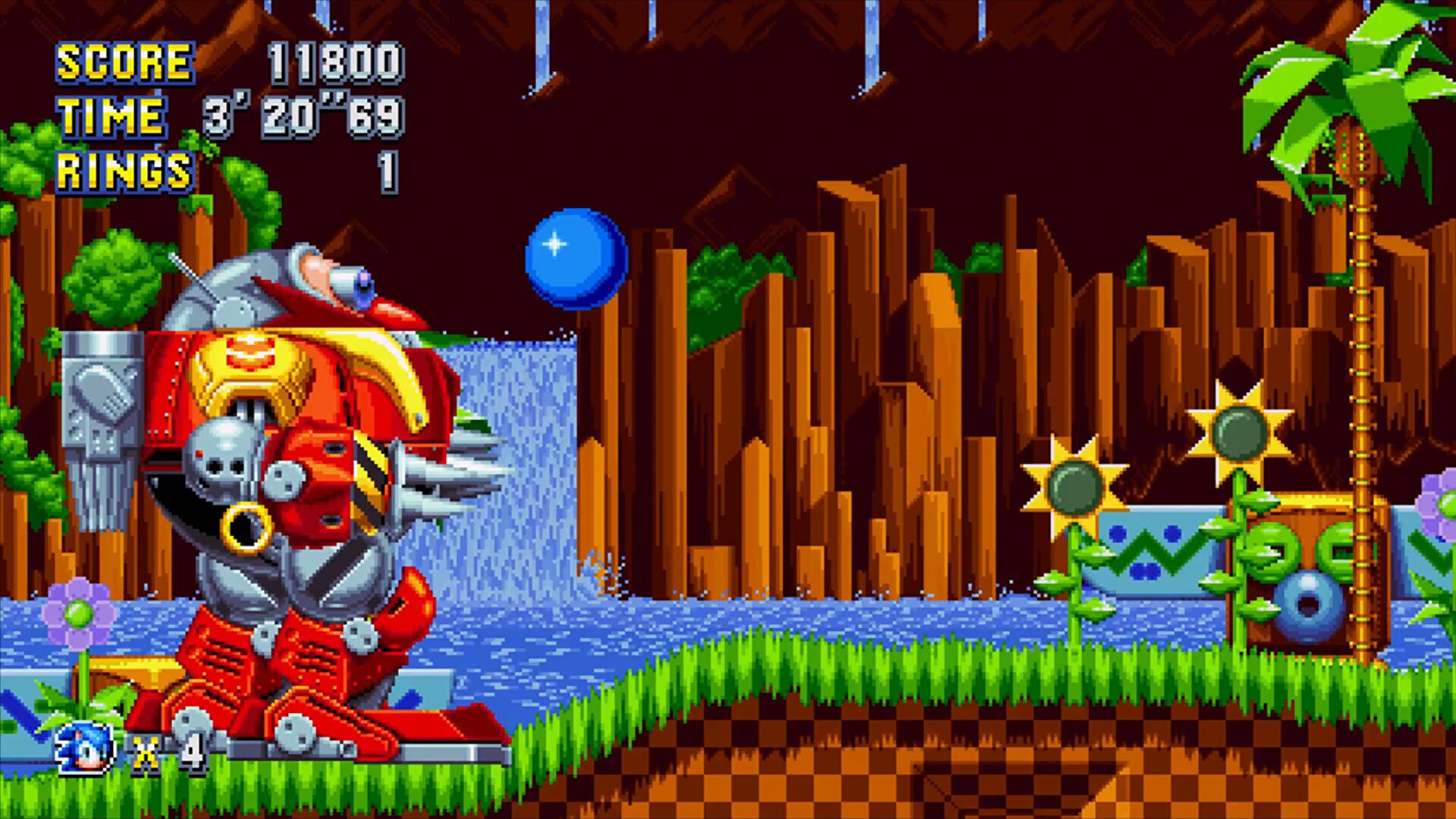I like Ken Levine. His blog is great and he’s written some amazing sitcoms. One of them is MASH, a sitcom so huge it has had the academic treatment.
Every so often I’ll read an article or term paper or passage in a book that references a MASH episode my partner and I wrote. The piece is most always complimentary; sometimes overly so. But invariably the authors will analyze the episode. They’ll identify the symbolism, how when Hawkeye hangs up his laundry he’s really representing the Anti-Christ, and they’ll find all kinds of mythological parallel, subliminal messages, and odes to other works of literature. They’ll compare Klinger to Jane Austin, find significance in jeep license plate numbers, and detect hidden codes in Radar’s dialogue.
I’d like to be able to shrug my shoulders and say yes, all of that is in there. David and I write on many levels. Our scripts are challenging intellectual puzzles to be solved by only the most advanced sophisticated minds. Thanks for noticing.
I’d like to say that but it’s all bullshit!
Read the whole thing here.
I think textual analysis is a fun tool, but nothing more. I remember writing an essay about how the lighting in Die Hard symbolised the Jungian concept of the shadow self. I didn’t believe a word of it, and had fun taking the piss.
This made me think of some of the imagery I deliberately wrote into a script a few months ago, none of which anyone noticed. They were more interested in the characters being unlikeable and the dialogue stilted.
There’s a lesson in there somewhere.












